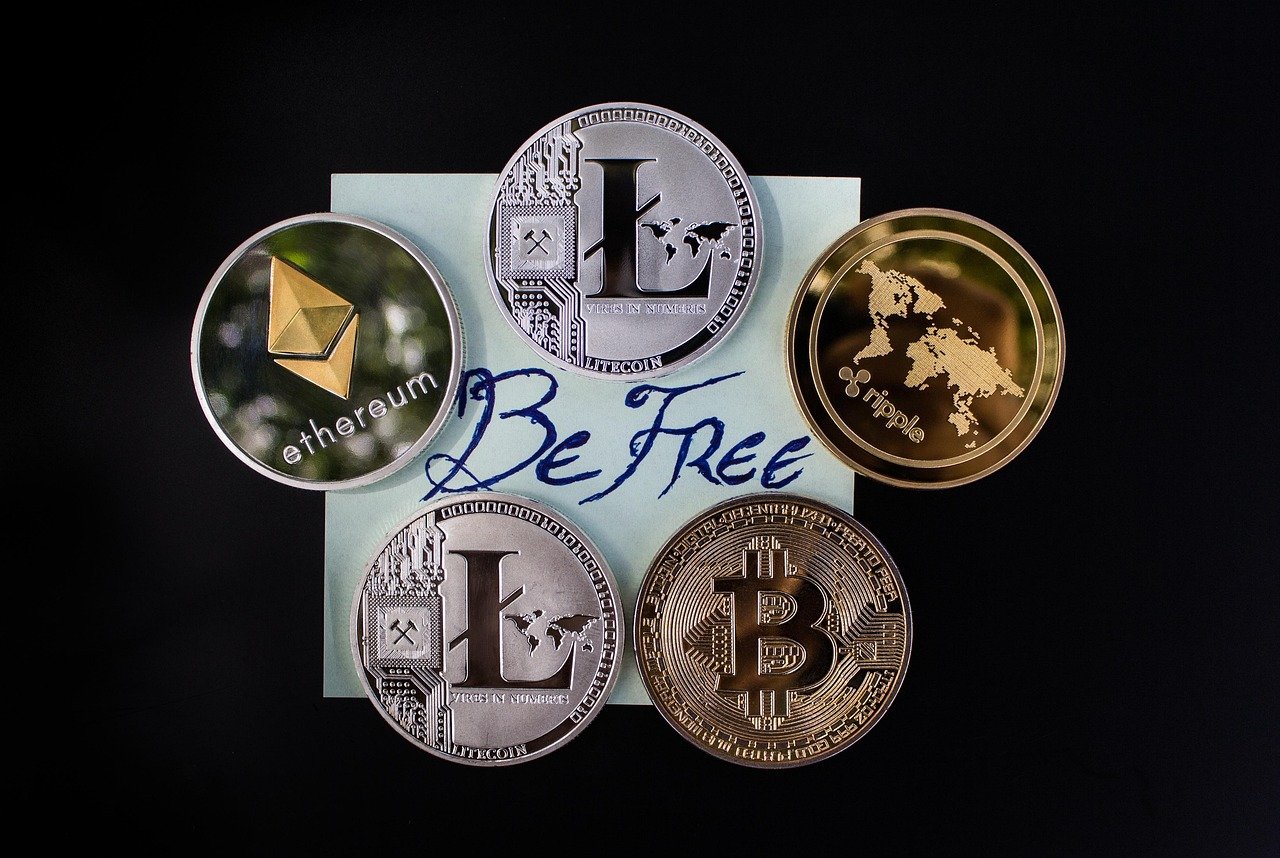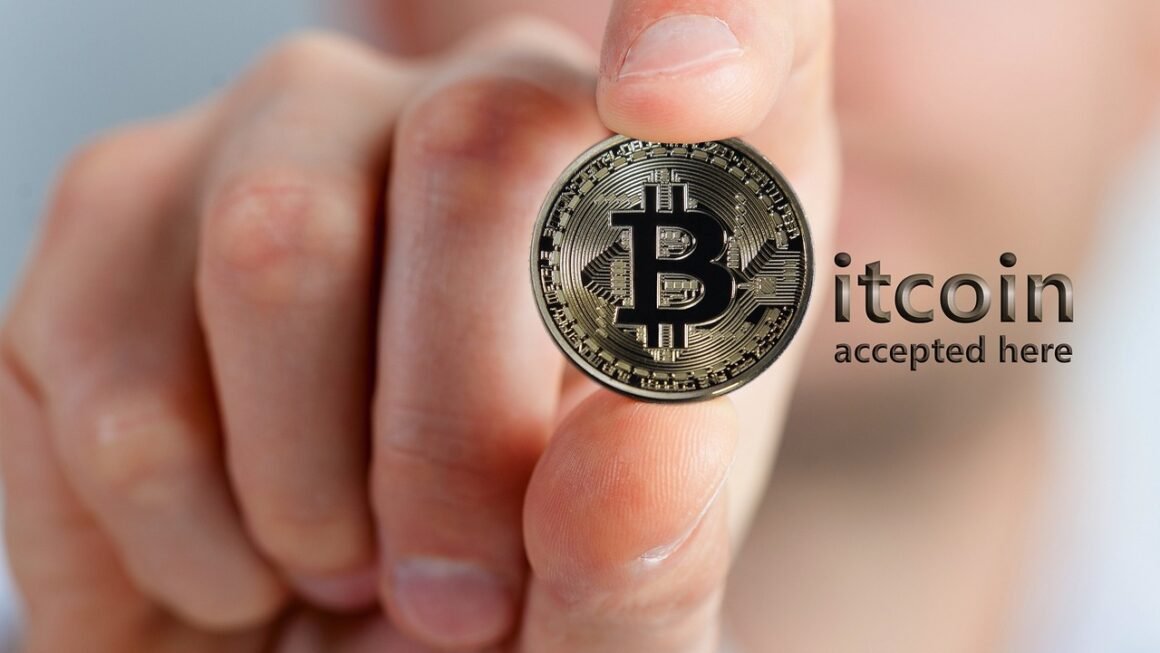Stablecoins have rapidly become a cornerstone of the cryptocurrency market, offering a bridge between the volatile world of digital assets and the relative stability of traditional currencies. They aim to mitigate the price swings often associated with cryptocurrencies like Bitcoin and Ethereum, making them attractive for everyday transactions, trading, and as a store of value. Understanding the intricacies of stablecoins is crucial for anyone navigating the digital asset landscape.
What are Stablecoins?
Stablecoins are cryptocurrencies designed to maintain a stable value relative to a reference asset, typically a fiat currency like the US dollar. The goal is to combine the benefits of cryptocurrency—such as fast and inexpensive transactions—with the price stability of traditional currencies. This makes them a vital tool for various applications, from facilitating cross-border payments to providing a safe haven during market downturns.
How Stablecoins Achieve Stability
Several mechanisms are used to achieve price stability, each with its own set of advantages and disadvantages:
- Fiat-Collateralized Stablecoins: These stablecoins are backed by reserves of fiat currency held in custody. For example, Tether (USDT) and USD Coin (USDC) claim to hold one US dollar (or equivalent assets) in reserve for each token in circulation. Periodic audits are crucial to verify the existence of these reserves. Transparency and trust in the custodian are key factors for their success.
- Crypto-Collateralized Stablecoins: Instead of fiat, these stablecoins are backed by other cryptocurrencies. Because cryptocurrency values are volatile, they are typically over-collateralized, meaning more cryptocurrency is held in reserve than the value of the stablecoins issued. For example, DAI is backed by a basket of cryptocurrencies like Ethereum and Wrapped Bitcoin and uses smart contracts to manage its stability mechanism. This approach is more decentralized but potentially more complex.
- Algorithmic Stablecoins: These stablecoins use algorithms and smart contracts to maintain their peg. They adjust the supply of the stablecoin based on demand, aiming to keep the price stable. They often use a combination of minting and burning tokens, sometimes with the introduction of a secondary token to absorb volatility. Algorithmic stablecoins can be highly scalable but have proven vulnerable to “death spiral” scenarios, where the value of the stablecoin collapses rapidly. TerraUSD (UST) is a past example of an algorithmic stablecoin that failed spectacularly.
- Commodity-Collateralized Stablecoins: Backed by commodities such as gold or other precious metals. These stablecoins offer diversification and a hedge against inflation. PAX Gold (PAXG) is one such example, with each token representing one fine troy ounce of gold stored in vaults.
The Benefits of Using Stablecoins
Stablecoins offer several advantages over traditional cryptocurrencies and fiat currencies in specific situations.
Faster and Cheaper Transactions
- Stablecoins can be transferred globally, 24/7, with transaction fees typically much lower than traditional banking systems, especially for international transfers.
Example: Sending $1,000 internationally via a bank might incur fees of $30-$50 and take several days. Sending the equivalent in USDC might cost only a few cents and settle within minutes.
Stability in Volatile Markets
- Stablecoins provide a refuge during periods of high volatility in the cryptocurrency market. Traders can quickly convert their holdings into stablecoins to protect their assets from price fluctuations.
Example: If Bitcoin’s price drops sharply, traders can move their funds to USDT or USDC to avoid losses.
Access to DeFi (Decentralized Finance)
- Stablecoins are essential for participating in DeFi protocols, such as lending, borrowing, and yield farming. They provide a stable unit of account and a means of exchange within these ecosystems.
Example: Users can lend out their DAI on platforms like Aave or Compound to earn interest.
Transparency and Programmability
- Many stablecoins operate on public blockchains, offering transparency in their transactions and supply. Smart contracts can automate various processes, enhancing efficiency and trust.
Risks and Challenges
Despite their benefits, stablecoins are not without risks. Understanding these challenges is crucial for responsible usage.
Regulatory Uncertainty
- The regulatory landscape for stablecoins is still evolving, with governments worldwide considering how to regulate them. This uncertainty could impact the operations and adoption of stablecoins. Some jurisdictions are considering treating certain stablecoins as securities, while others are focusing on ensuring adequate reserve backing.
Counterparty Risk
- Fiat-collateralized stablecoins rely on the solvency and trustworthiness of the custodian holding the reserves. If the custodian fails or becomes compromised, it could affect the stability and value of the stablecoin. Regular audits are important, but even those can be manipulated, as past events have shown.
Decentralization and Security
- Some stablecoins, particularly those that are crypto-collateralized or algorithmic, may face security risks related to smart contract vulnerabilities. Decentralized systems can also be more complex to govern and maintain.
De-Pegging Events
- A “de-peg” event occurs when a stablecoin loses its intended peg to the reference asset. This can be caused by market volatility, loss of confidence, or flaws in the underlying mechanism. De-pegging can lead to significant losses for holders. The collapse of UST serves as a stark reminder of this risk.
Choosing the Right Stablecoin
Selecting the right stablecoin depends on individual needs and risk tolerance. Here are some factors to consider:
Transparency and Audits
- Look for stablecoins that provide regular and transparent audits of their reserves or collateral. This ensures that the stablecoin is adequately backed. Independent third-party audits are generally preferred.
Peg Stability
- Research the stablecoin’s historical price stability. Review past performance during periods of market volatility to assess its resilience.
Tip: Use charting tools to track the price of stablecoins over time and identify any significant deviations from the peg.
Regulatory Compliance
- Consider stablecoins that comply with relevant regulations in your jurisdiction. This can reduce the risk of regulatory crackdowns or disruptions.
Decentralization and Governance
- Evaluate the level of decentralization and the governance structure of the stablecoin. Decentralized systems can offer greater transparency and security, but they may also be more complex.
Use Case
- Determine your primary use case for the stablecoin. Are you looking for a stable store of value, a means of exchange for DeFi, or a tool for cross-border payments? Different stablecoins may be better suited for different purposes.
Conclusion
Stablecoins have emerged as a significant force in the cryptocurrency ecosystem, offering stability, efficiency, and access to decentralized finance. Understanding their mechanisms, benefits, and risks is crucial for navigating the evolving digital asset landscape. By carefully considering factors like transparency, peg stability, and regulatory compliance, users can choose stablecoins that align with their individual needs and risk tolerance. As the regulatory environment matures and technology advances, stablecoins are poised to play an even more prominent role in the future of finance.



